Tool/software:
Hello,
We have long used a BQ40Z60 in our PCBs for charging a 4S4P battery system. This question is in reference to the charge cycle from constant current (CC) to constant voltage (CV) transition and eventually the CV to charge termination complete.
We are trying to understand the mode of CV regime shown here. The datasheet does not explicitly state how the charge current slowly decays (or tapes) until the charge termination is reached. Is this in a uniform fashion shown in the graph or does the current pulse into the battery while maintaining the charge voltage setting cutoff?
The o-scope capture here shows (difficult with the noise) the voltage at the input to the upper cell of the battery (Charge Termination voltage is set to ~16.75V).
The purple traces it the input to the battery pack, the yellow and light blue are the voltages across the current sense resistor (0.005 ohms) at the output of the buck stage from charger input to the charge / discharge FETs controlled by the BQ40Z60.
This particular observation below occurs as the RSOC is in the upper 90%.
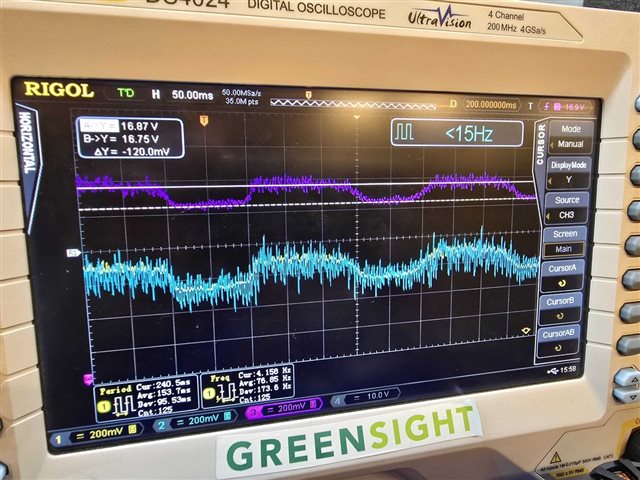
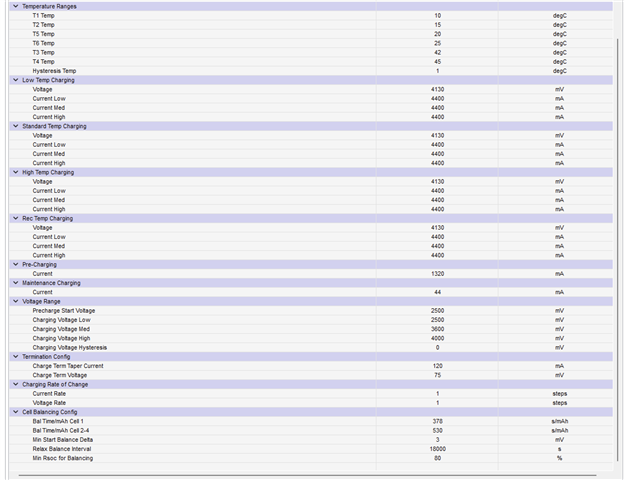
We have other setups that are showing a much larger difference in pulsing (from almost 0 to our Rec Temp Charging Current settings of 4.4A. These settings are shown here:
An alternate setup is "chopping" at lower RSOC shown here... jumping to the 4.4A value.
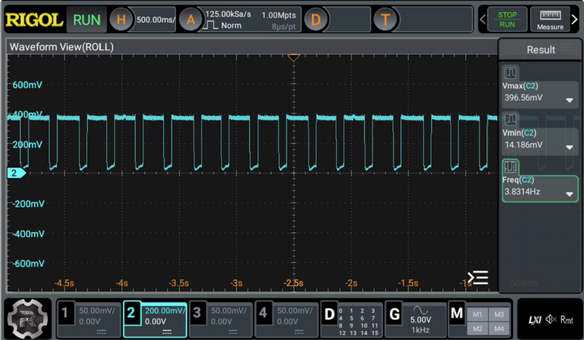
This occurrence below shows an older capture of the transition between CC to CV:
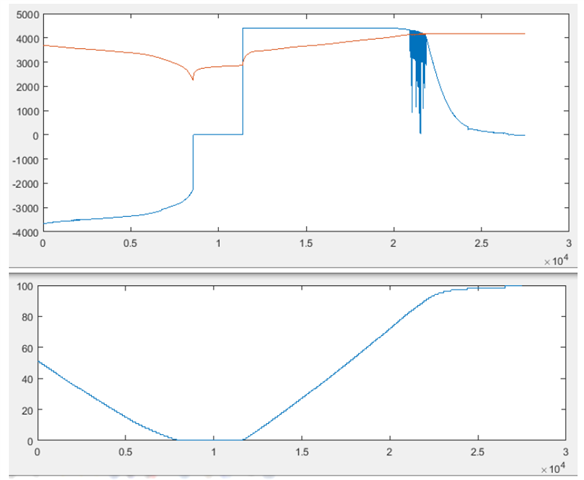
Something to highlight is that our newer versions show the 'chopping' almost all the way to charge termination.
For reference, this what we 'think' the graph should look like. However, to repeat myself, the CV mode is PWMing at a 3 - 4 Hz time frame all the way to charge termination.
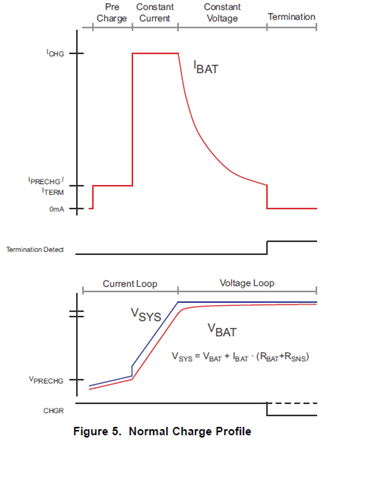
As a note:
The power supplies and / or external charger sources that are plugged in are fully capable of supplying the input power to this circuit as we thought there may have been some external power source dropping out.
We are wondering if TI can shed light on if this is normal or abnormal behavior and if this is an issue for the battery pack itself.
Thank you,
Paul F



